Things I Wish I Knew Before Travelling to Peru.
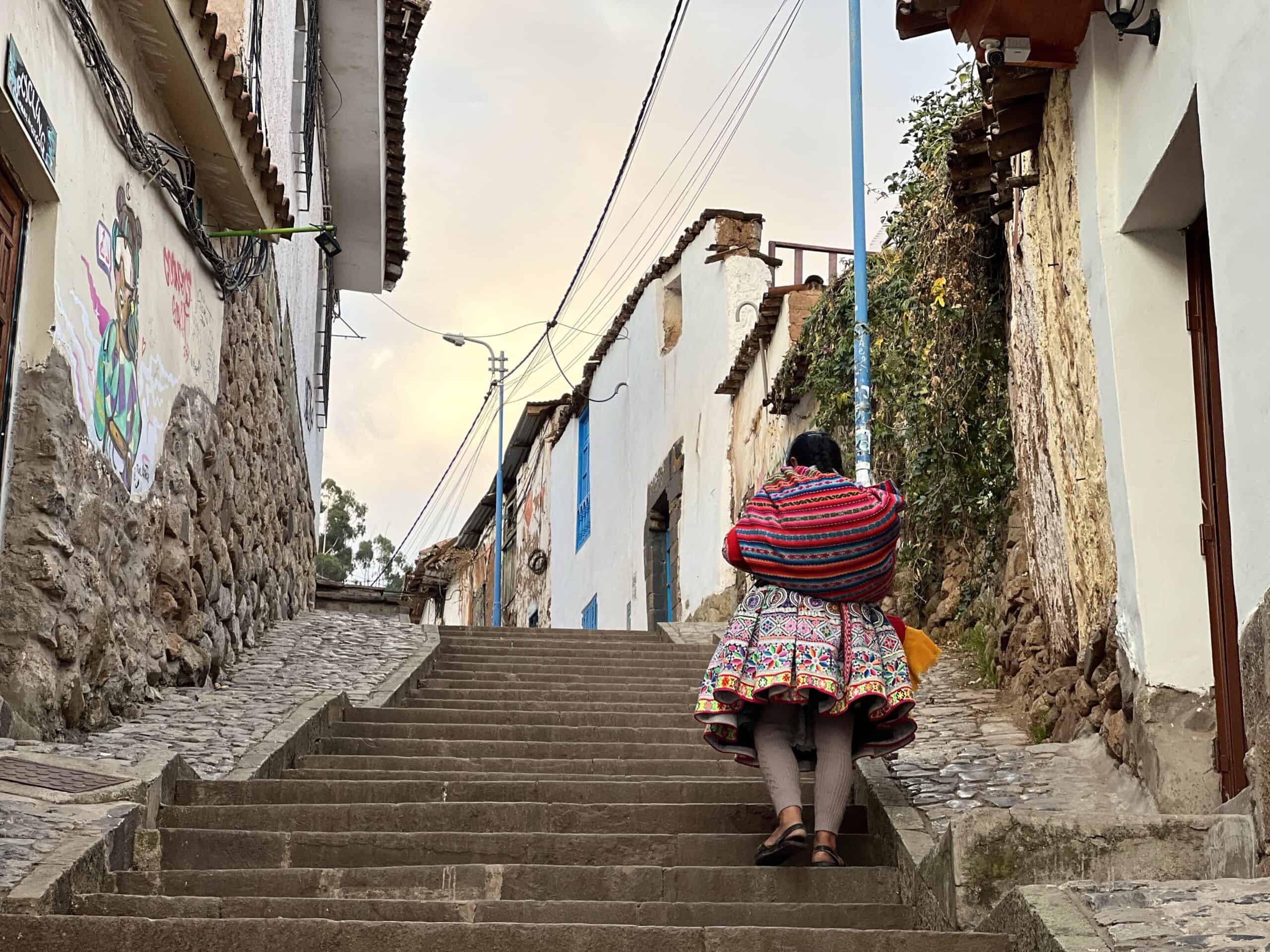
I never imagined I’d say “capstone” and “Cusco” in the same sentence, but life has its ways.
After a month of working on my Master’s research in Boston, I had about six weeks to submit my paper on climate adaptation solutions in tourism. The US was too expensive to live and eat, and I didn’t want to fly all the way back to India. So I did the obvious thing: Rented a cosy apartment in Qosqo (called Cusco by the Spanish colonists) for a month, with a writing desk overlooking the city and the mountains beyond 😉
Also read: A Boston and Cambridge Travel Guide for First Timers
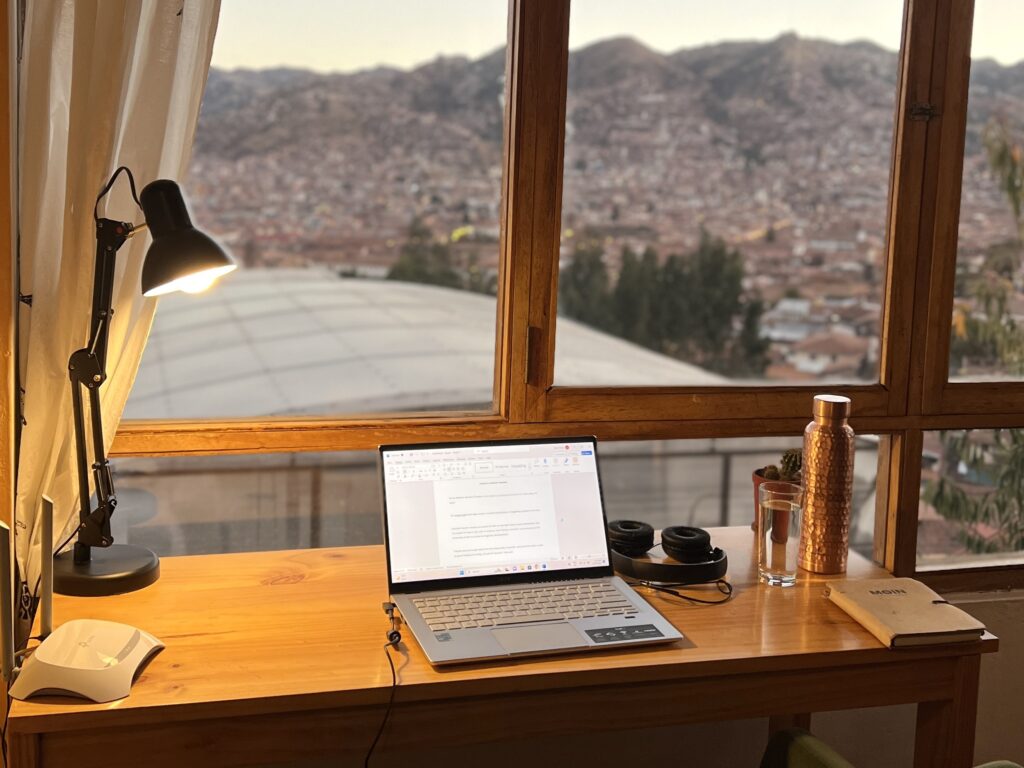
The plan was to experience a bit of Cusco and the Sacred Valley, but mostly focus on my research and writing. Then I’d reunite with my partner to immerse in more of the country over the next two months.
If only I knew what a stunning city Cusco is, and how difficult it would be to stay indoors to work. There is much more I wish I knew about travelling in Peru before I got there:
Most of Peru is located at high altitude – and needs acclimatizing
I knew that Cusco is a high altitude city, and planned to spend the first 2-3 days acclimatizing. Having experienced an altitude sickness scare in Ladakh a few years ago, I was taking no chances. So based on local advice, I drank a ton of coca tea (leaves from which cocaine is processed!), muña tea (Andean mint) and Peruvian hot chocolate. And wandered the cobbled streets of my artistic neighborhood slower than a snail when I first arrived.
What I didn’t know is that much of Peru – including the Sacred Valley, Machu Pichu and Huaraz – is also located at high altitude. That means when we transitioned through a low-lying city like Lima, or descended down to the coast on a long bus journey, or spent time in the Amazon, and came back to a high altitude area, we had to acclimatize all over again!
Also read: 6 Months, 6 Countries: Epic Memories from Central America
We might have met the last ‘traditional’ generation of some Indigenous communities
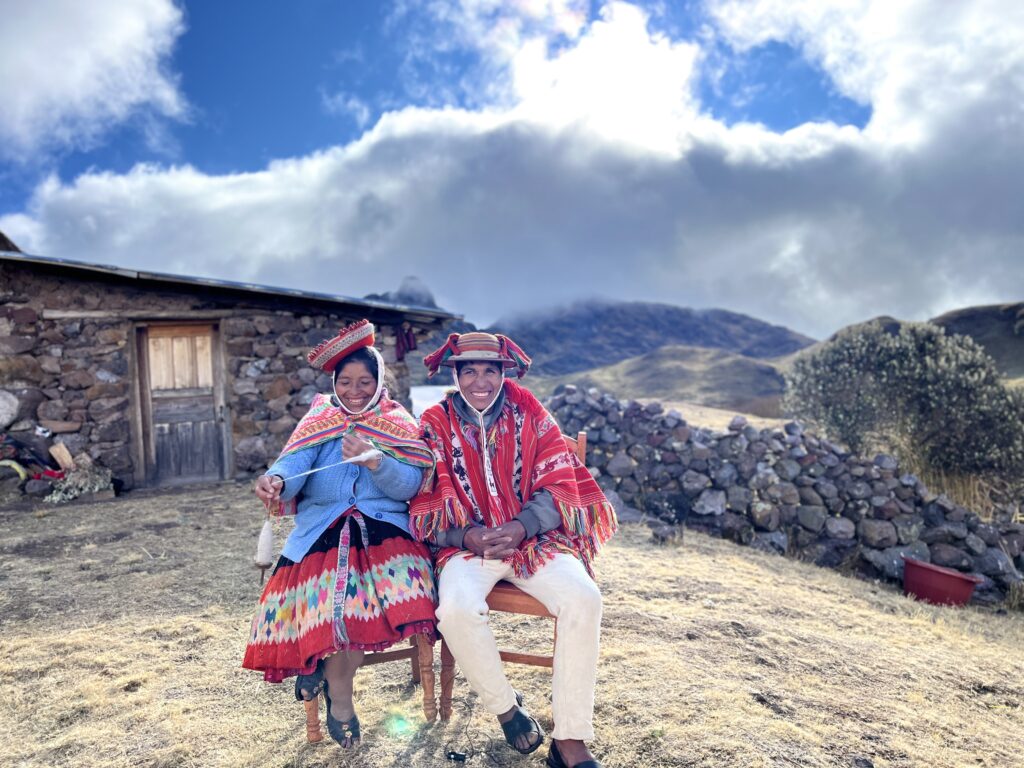
Like in many countries across the Global South, things seem to be changing fast in Peru’s Indigenous communities, who account for ~40% of the country’s population.
I was lucky enough to stay in the homes of Quechua families while hiking in the Lares Valley, learn about native potato farming from traditional farmers, spend time with an Indigenous community tourism entrepreneur by Lake Titicaca, chat with Quechua artists on the streets of Cusco, share coca tea and potatoes with kind locals in their mountain homes, have heartwarming conversations with Indigenous women leading social enterprises, and meet one of the few families who still live full time on floating reed islands on Lake Titicaca!
Across all these interactions, one theme was common: Their children, who are now enrolled in ‘modern’ education, can’t fathom living the (hard) way their parents and grandparents did. I respect that, yet can’t help but feel a gentle sadness as I bear witness to centuries of ancient culture dwindle away.
Also read: Everything You Need to Know About Community Tourism
They grow 1300+ varieties of native potatoes!

You read that right.
In remote mountain homes at altitudes above 3000 and 4000 meters in Peru, I ate entire meals made of potato. Different kinds of potatoes for snack, soup, boiling, stewing, drying, and saving underground for the winter. Red, purple, yellow potatoes. Small, large, spotted, dotted, circular, oval, longish potatoes. One farmer I met grew 400+ varieties in his own fields. I’ll never see potatoes the same way again.
Also read: Why I Turned Vegan – and What it Means For my Travel Lifestyle
Machu Pichu is a dollar tourism trap – yet worth witnessing
Spending much of our/my time in small villages, with community tourism initiatives, and in family-run homestays and BnBs, it was shocking to learn how much a trip to Machu Pichu would cost. The only way to get there independently is by Peru Rail – which is a monopoly charging around 100-200$ per person one way! Then there are entry permits.
If you follow me on Instagram, you probably know how we almost missed our once-in-a-lifetime, wallet-breaking trip to Machu Pichu (I’ll write about it here in detail sometime – it’s quite the story).
But despite the railway monopoly, the annoying fashion show on board the train (seriously, wtf!), the obvious dollar tourism trap and the hustle to buy permits, the site of Machu Pichu is something else.
It is the only Inca city that the Spanish colonists couldn’t manage to destroy, because the Incas blocked all the mountain trails. And it’s a magical place – an ode to the Earth, sun and mountain spirits, full of ingenious architectural techniques that 21st century humans still haven’t been able to replicate (the colonists destroyed all knowledge too).
Also read: To Chile, With Love
Peru’s ‘tropical glaciers’ are disappearing before our eyes

I think we all know that rising global temperatures due to climate change are causing glaciers around the world to melt. But Peru’s glaciers are even more vulnerable because it is a tropical country, so even in winter, the glaciers receive no respite from the sun!
The north of Peru has a Ruta del cambio climatico (route of climate change) – a hike dedicated to educating travellers about the impact of climate change. The hike begins from the area where the glacier once extended until, and marks glacial loss along the trail. It’s sobering and anxiety-inducing, but also such a strong call to action.
These glaciers are not just a tourist attraction, and not just a source of local livelihoods. They supply water for drinking and agriculture to the entire country, including Lima, a desert city fed by glacial rivers.
Also read: Responsible Travel Tips for Meaningful Experiences on the Road
Peru is meant for slow travel
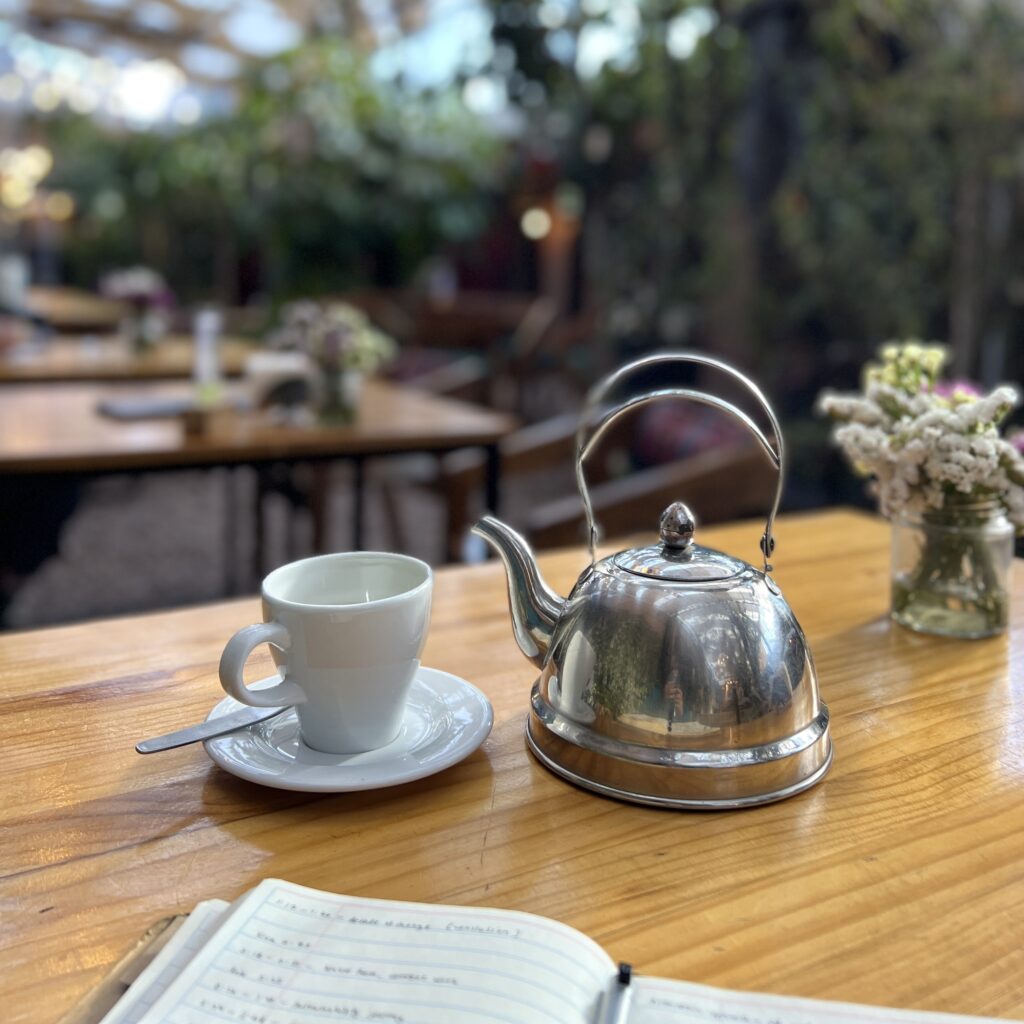
While in Peru, I met all sorts of travellers: Those whizzing through 3 South American countries in 3 weeks, those who had to abandon their trek to Machu Pichu because they didn’t have time to acclimatize to the high altitude, those who managed to squeeze in everything from Lima to Lake Titicaca in 5 days.
I know fighting the FOMO is not easy. I know drinking coca tea in my abode in Cusco to ease into the altitude, while a new city was waiting to be experienced outside my doorstep was not easy. I know deciding to spend most of our 3 months in Peru when Colombia and Bolivia were beckoning was not easy.
But here’s the thing about travel: The more we try to squeeze in, the less we tend to experience.
Especially in a country like Peru, which constantly forces us to breathe deeper (hello acclimatization and steep walks), and which is so full of wild beauty and ancient wisdom, slowing down is the only way to fully experience it.
Is Peru on your travel radar? What would you like to know about slow travel in Peru?
Also in my Peru travel series:
Non-Touristy Things to do in Cusco to Truly Connect With the City
What I Learnt From an Indigenous Shaman in the Amazon Rainforest
Hi there! I’m Shivya, and I started this travel blog back in 2011, when travel wasn’t trendy, Instagram didn’t exist and AI wasn’t a thing (simpler times, I know!). I write about slow, meaningful and conscious travel – that is good for us, the places we visit, the people we meet along the way, and the planet at large. Settle down, grab a cup of tea, and read stories that remind you of the essence of travel. I’m so glad you found me!

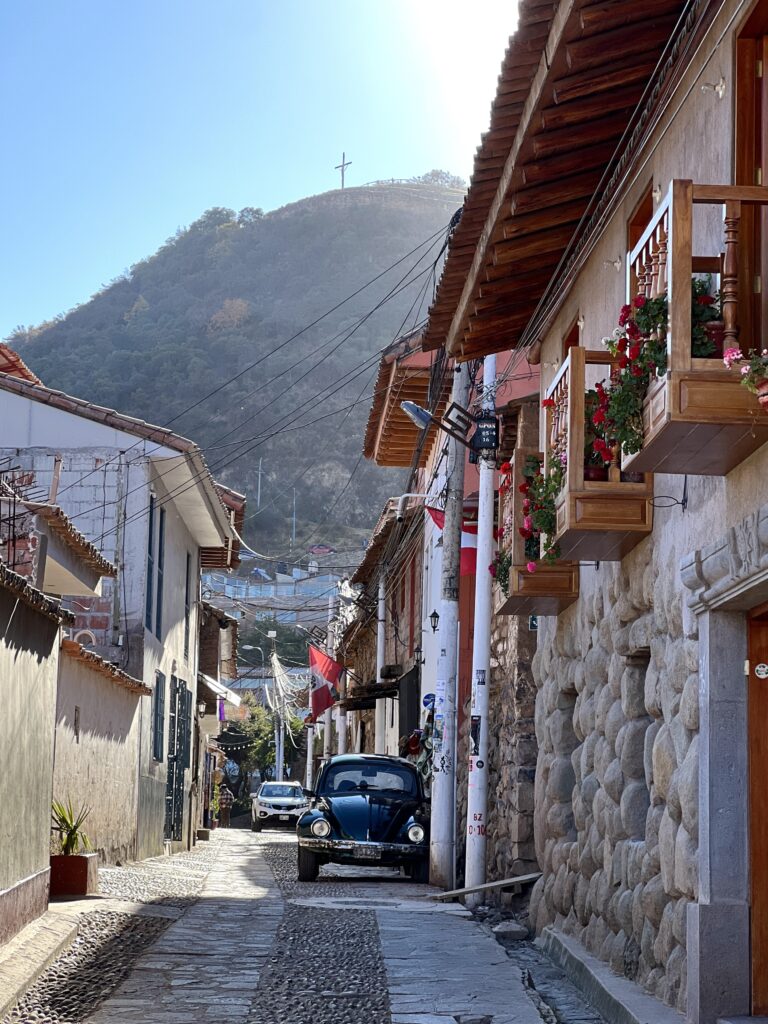
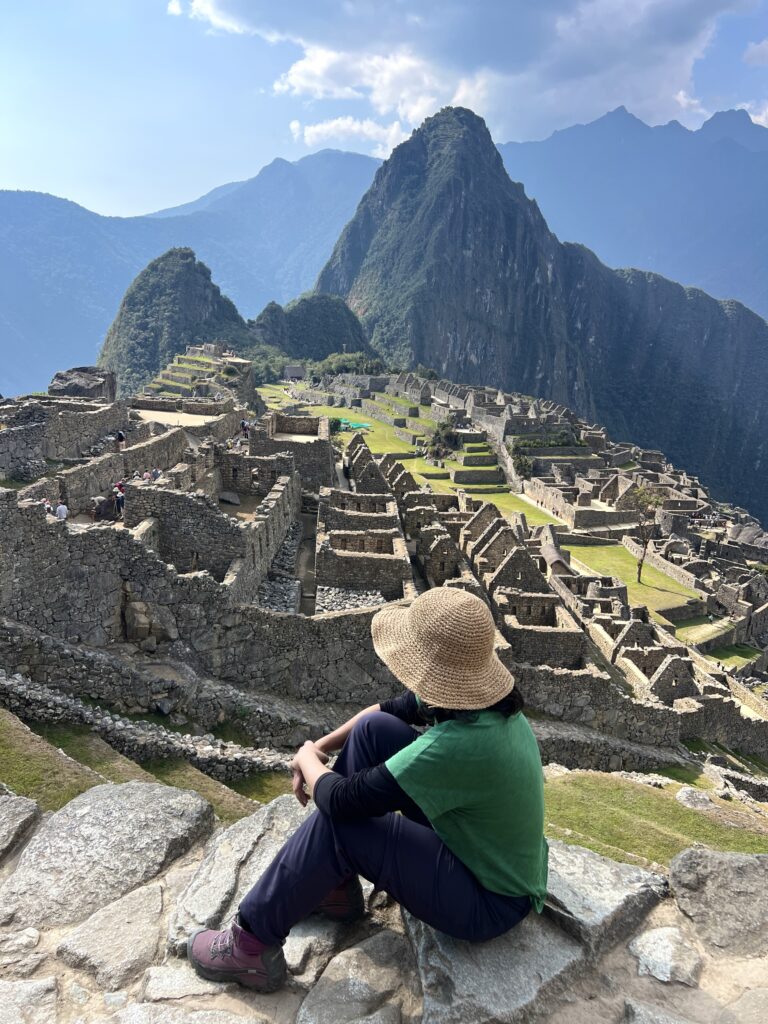
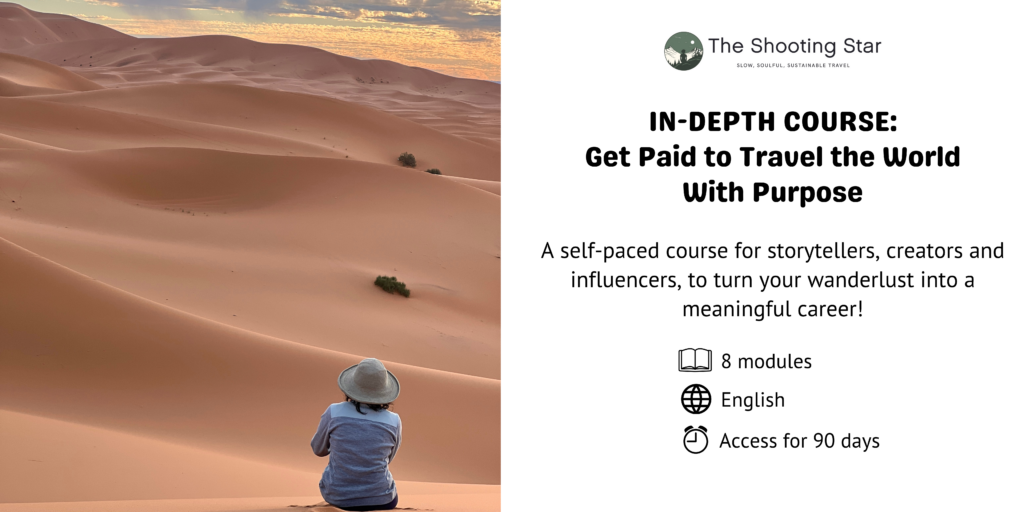
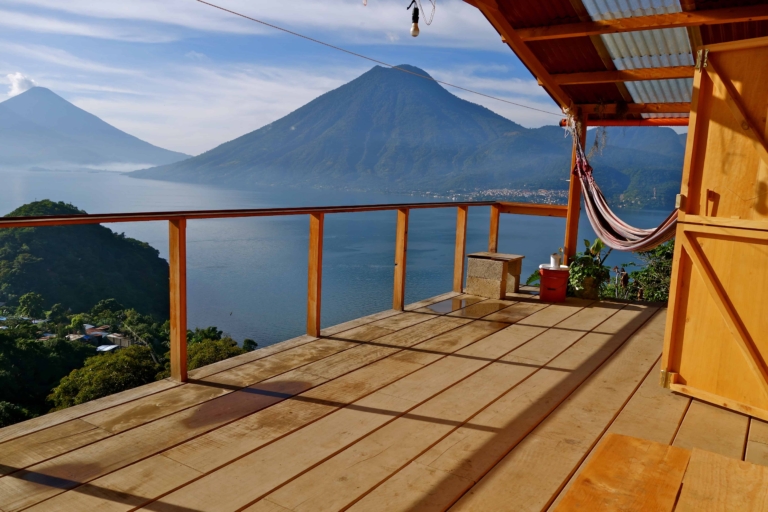
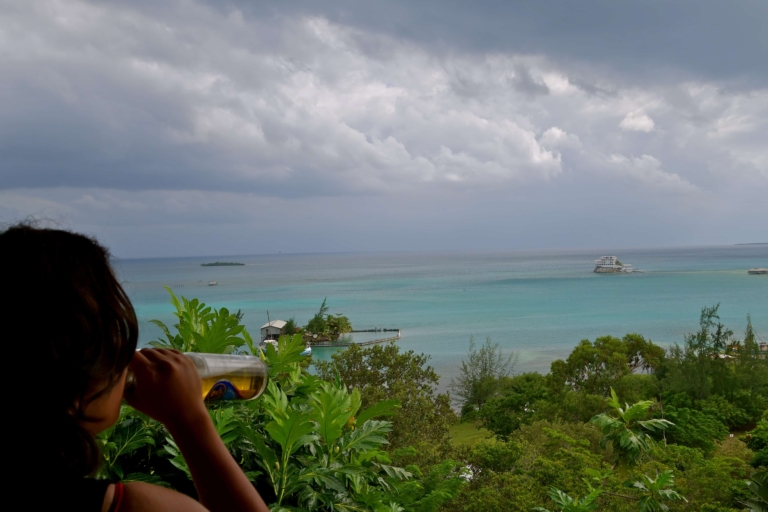
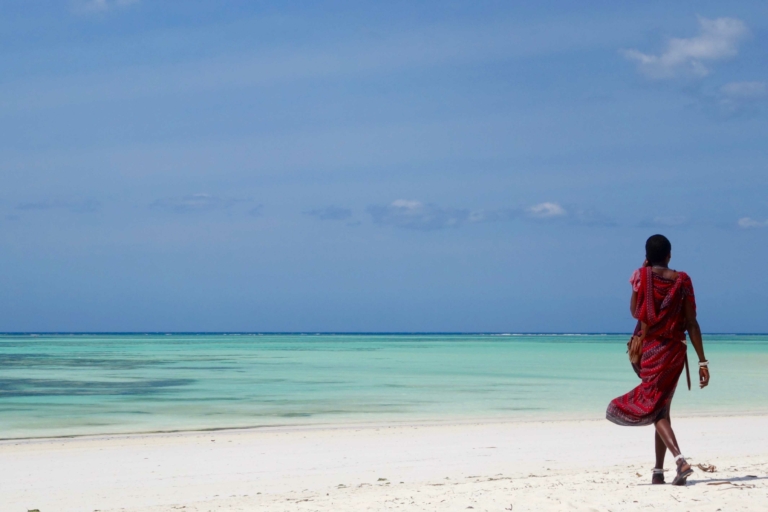
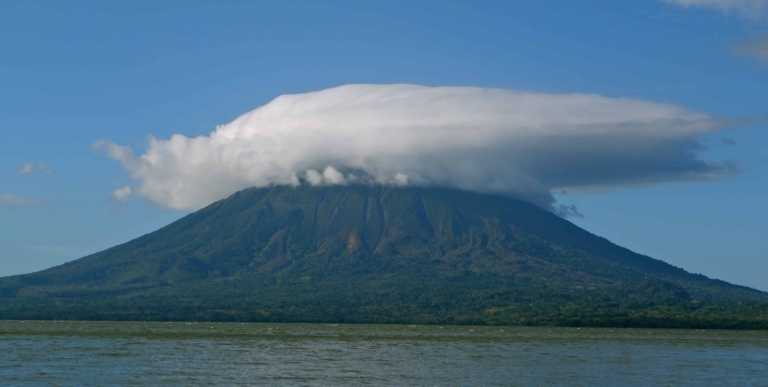
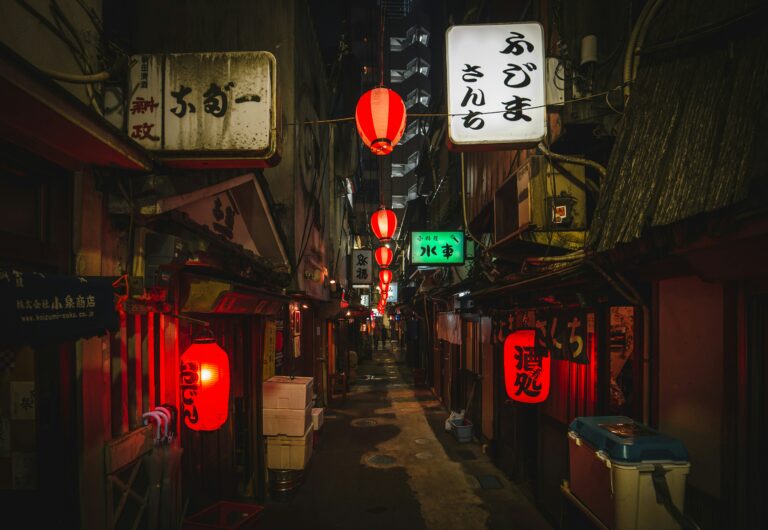
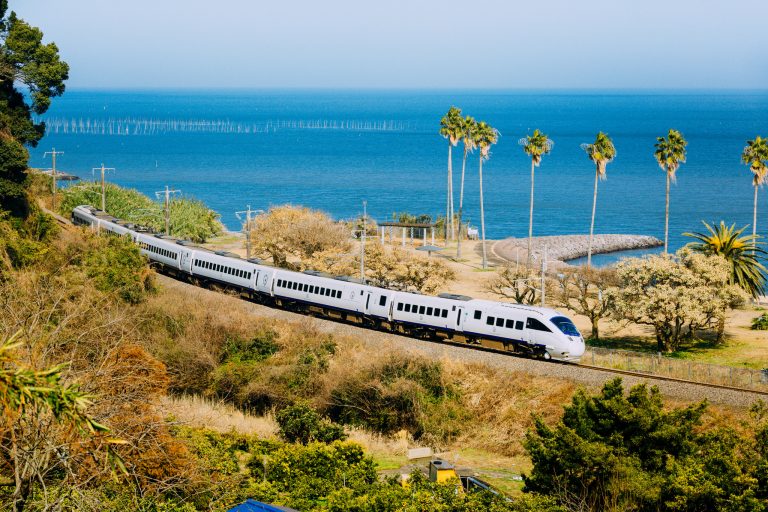
I love reading your blog posts Shivya! In this fast food age of reels, your blog is always amazingly good to read! Have read every article on your blog since I subscribed to it! Which was on 12th June 2013!
Your photos are stunning!!! I can definitely imagine how it would be difficult to stay inside and write. It sounds like you still got in a lot of beautiful adventures. You’re a really good writer and I can tell you spend time on your posts 🙂
live love laugh…after reading your blog feeling I experience everything..keep writing interesting blog.. awaiting for next😍🥰😘
Such a beautiful and honest reflection! I loved learning about Peru through your eyes—from the altitude surprises to the rich Indigenous culture and stunning landscapes. Your slow travel approach and deep respect for the locals truly shine through. It made me want to visit Peru the right way!
I always love your style of writing, Shivya! It’s always a great read with your new blogs
I love to read blog posts with wonderful writing for your style. Waiting for your next post…….
I just read your blog daily. I just love the way you write. I often think about what the next generation of Quechua children will choose. I just hope there is a way to blend tradition with modernity, without losing the heart of their heritage.
I looked into going here so thanks for the tips!
Loads of gratitude Shivya🌻🌼 for sharing amazing travel journeys with us 😍. For a few years now I consistently follow your blogs and save it too though haven’t been to any countries so far but I would love to go to Peru and hope to manifest it soon. I resonated strongly with your writings about Peru and as if visuals are in front of me. I would love to know about The Rainbow Mountain and have you been there?
My dream is to work and travel to these places and collect bag filled with memories. 🌼😁 do you know any schools or non profits organisations in Peru.
Peru is full of breathtaking landscapes and rich culture—every moment feels magical. Your travel tips will surely help future travelers enjoy the journey even more!databricks-training